The Synergy in Homoeopathy
Author : Rajan Sankaran
- ISBN: 978-93-80355-84-9
- Cover: Hard Cover
- Pages: 314
- Book Type: Print Edition eBook
Book Preview :
Traditional Classical Homoeopathy, with symptoms, rubrics and keynotes has stood the test of time. Introduction of newer, more contemporary ideas of kingdom, levels, miasms and sensation have brought Homoeopathy into a new paradigm. Never before has the connection between the patient and the remedy source been as clear.
These contemporary ideas have become very popular and have led to many successful cases. However, enamoured by success with this method, a whole new generation have started using it as a shortcut, and have sometimes neglected traditional knowledge. The profession became split, with conventional and contemporary homoeopathy sharply divided.
[read more]
The originator of the Sensation Method, Dr. Rajan Sankaran, has always maintained that symptoms and system are two sides of same coin and that success results from an integrated approach. It is like using both the left and right sides of the brain; both the factual and conceptual aspects of the patient and remedy have to be seen together.
The knowledge and understanding found in old masters like C. M. Boger is now explained in detail in this book. Through illustrative cases, Rajan Sankaran demonstrates the secret of success with the integrated approach. Through a seamless blending of the old and new, the symptom and system, conventional and contemporary, the results are proof of a quantum leap in homoeopathic practice.[/read]
Review by Deborah Collins – Interhomeopathy – August 2015
This book most certainly lives up to its name in providing an integrative approach to case-taking and analysis. Drawing on more than thirty years of practice in a busy clinic, Rajan Sankaran, together with his team of colleagues, gives a complete overview of the possibilities open to us during a consultation, constantly reminding us to make use of each and every one when needed. With a very solid traditional training as the basis of his practice, Sankaran has gone on to develop new techniques over the years, making it possible to delve deep into the inner life of the patient and to find remedies that have not even been proved yet. His Sensation method appeals to the artistic side of many practitioners, encouraging them to follow the patient on an inward journey to the source, in a rather meditative manner. This method has shown spectacular results and has gained much popularity in recent times.
To read complete review click here
Book Reviews – Similia -The Australian Journal of Homeopathic Medicine – June 2013, Vol 25 No. 1, Page : 49
Reviewed by Dr. Shilpa Bhourakar, Australia
Dr Rajan Sankaran is a practitioner, thinker, teacher, and writer on the homoeopathic system of medicine. His concept that disease originates from a false perception of reality (delusion) was the subject of his first major book. He then discovered that our experience could exist on one of seven levels, beginning with the name and culminating in its sensory or energy experience. Here is a review of his latest book. Most of Dr Rajan Sankaran’s previous books describe his journey of going deeper and deeper into the patient’s core through the process of his case-taking and analysis system.
[read more]
The emphasis was on being able to elicit the basic delusion or sensation in a patient and he created a system based on that, which can help the prescription. In so doing he has creatively evolved newer and more refined approaches in pursuit of improving the success rate.
On the one hand he has been applauded for creating some groundbreaking approaches in homoeopathy but on the other he has often been criticised for diverting away from so-called Hahnemannian or classical homoeopathic approaches. This book is refreshingly different because it is not about another new concept but about bringing together the old and the new. So in a way it is very realistic. He acknowledges that the Sensation idea holds true but he is not rigid about that approach of case taking. He does not see the new and traditional knowledge as separate but as complementing each other in a natural evolution of a homoeopath’s practice. Hence as the book cover denotes, this book is all about understanding the synergy between the symptom, the system and the genius in our cases.
The best part of the book is in the cases, where he has been able to look at the same case using the old and the new approaches. Here he explains clearly how symptoms and the system are two sides of the same coin and speak the same language from two angles. He explains how they are not mutually exclusive and can be used in parallel during case taking and analysis. Further he elaborates how the understanding of the medicine too can be integrated similarly through a combination of four resources i.e. the Toxicological, Materia Medica, Repertory and the System (classification and miasm). There are some interesting sections on dealing with psychiatric cases, children’s cases and acute situations with a kit of his favourite acute medicines.
For me the best part about this book is the way he acknowledges and appreciates that his process has come full circle from where he started in his first book i.e. from the symptom towards a system and now back to connect with the symptom and the genius of the case and medicine. Personally it evokes memories of his teaching during his OPD clinic when I was a student in 1996, where this synergetic approach was something I had seen him use practically in that busy clinic. So it’s wonderful to see it in book form for the first time. We definitely need many more books in homoeopathy such as these with more examples and cases where homoeopaths work using the integration of various approaches to give the best for their patients.
What I found missing are those cases where the symptoms and system do not come together. It would have been very useful to have his say on the way he would approach such cases, if he were to use either of the approaches, and his thought process. I would highly recommend this book to anyone who is a serious student of homoeopathy, especially for those who consider that contemporary approaches are divorced from Hahnemannian Homoeopathy. It is an open, honest book that is thought provoking and inspires the reader to be flexible and tap into the tremendous potential of what homoeopathy is.[/read]
Book Reviews – Homoeopathic Links – Autumn 2012, Vol. 25: Page : 192 -196
Reviewed by Harry van der Zee, Netherlands
This is an important book in which the author intends to illustrate how the Sensation Method he and his colleagues have developed over the past years can be and should be integrated with traditional Classical Homeopathy. Throughout the years I’ve regularly asked authors of Sensation Method cases to show how their prescription could be supported through repertory and materia medica. In the excitement of using a new method that allows a fascinating journey with the patient, solidifying the prescription through trusted tools was often lacking. I remember discussing this issue with Rajan some years back so I was happy when I heard that at the Toronto Summit in 2011 the integration of the traditional way of analysing a case and the Sensation Method was the main topic. “The Synergy in Homoeopathy” is a result of that process.[read more]
This integration was dearly needed as without an anchor in our fundamental sources homeopaths could easily lose track, for which the patient would pay the price. Also the colleagues that watched this new development with scepticism deserved to have explained how “the two approaches, traditional and Sensation approach, are not divergent, but convergent.” [p. 39]
The book discusses a wide variety of topics and summarises the author’s current views in the following chapters: Symptoms and System; Techniques in Case-Taking;
Approaches in Different Situations; Repertory; The Genius. The book ends with Illustrative Cases, while throughout the chapters many case examples are given.
An important misconception Rajan clearly corrects is that Sensation Method can be used in all cases. It is one of the tools a homeopath can use and in its application the homeopath should be flexible by following the patient as “… probing can be a cumbersome, laborious – even torturous – process…” [p. 81]
A reliable prescription should be based on a triangle consisting of GENIUS (essential nature and pattern of the remedy), SYMPTOM (rubrics, toxicology, materia medica) and SYSTEM (kingdom, miasm, source, sensation). So any remedy that comes up by using the Sensation Method (which includes determining the kingdom and the miasm) should where possible be confirmed by the Genius of the remedy (for which Boger’s Synoptic Key is a recommended source) and the Symptoms (repertory and MM).
An interesting observation is that most of the steps the author has made throughout the years can be traced back in the works of Hahnemann and other masters and is firmly based in them. The main difference with traditional sources concerns the topic of miasms. Not so much the number of miasms identified, as an expansion beyond Hahnemann’s initial three had already been suggested a long time ago and is widely accepted. It is more the way in which the term miasm is used and applied in the selection of the remedy. Sankaran describes miasm as “the attitude, which arises from the depth of desperation that being infected with that particular disease brings about in the sufferer. This attitude, along with the pathology, makes up the pattern.” [p. 33]
Based on several years of experience of Sankaran and many leading homeopaths it is clear that using miasms in this way can be a useful tool to find a simillimum. Selecting a remedy on similarity to the pace of a disease may though not automatically mean that any miasms existing in the patient as such are then also treated. The attitude of a patient can for instance be syphilitic whereas a history of recurrent malaria may also suggest an underlying malaria miasm, and the malaria may only have started after gonorrhoea, suggesting again another miasm.
Will Sankaran, like Hahnemann in “Chronic Diseases”, at some point concludes that focussing on the individual simillimum alone may leave collective roots – the miasms – untouched? The different sensations have one thing in common. They are all expressions of trauma. Is it actually trauma that is underlying the miasms? Are (epidemic) infectious diseases expressions of (collective) trauma? I don’t think Rajan’s journey has finished with the present book and I look forward to his next step.
The main question now is whether the book succeeds in keeping those applying Sensation Method on the right track while showing the fraternity it is firmly based on the main principles of homeopathy. In general I conclude it does, and besides that the book contains lots of practical tips and observations that should be valuable to any homeopath.
I’d love to make a few recommendations for a next edition:
- Follow-ups are at times short and reduced to “he did remarkably well”; for the explanation of the method more may not be needed but if bridging the gap with traditional classical homeopaths is a motive, long-term follow-ups including clinical data are recommended.
- Although the book highly advises basing a prescription on the triangle mentioned above, this is missing in many of the cases in the book; again perhaps not needed in the given example as such but recommended to underline the method.
- The index of remedies is not complete.
- The index of terminology is very limited and for the fourteen selected terms some important page numbers are missing.
- There are several typos and some passages are even unclear (e.g., case on pp. 94 – 95).
I highly recommend this book to any homeopath, including those that are under the impression that the Sensation Method is in discord with Hahnemann’s writings. “The Synergy in Homoeopathy” intends to show that the new ideas summarised as Sensation Method only complement and not replace time-tested methods. Synergy means in this context the interaction of methods that when combined produce an effect that each individual method alone could not obtain. In daily practice it simply means more cured cases. As it is our job “to restore the sick to health” we cannot ignore any serious development that can improve the results in our practice. The Synergy in Homoeopathy is therefore a must-read for any serious homeopath.[/read]
Related products
₹550.00
₹650.00
₹699.00
₹700.00

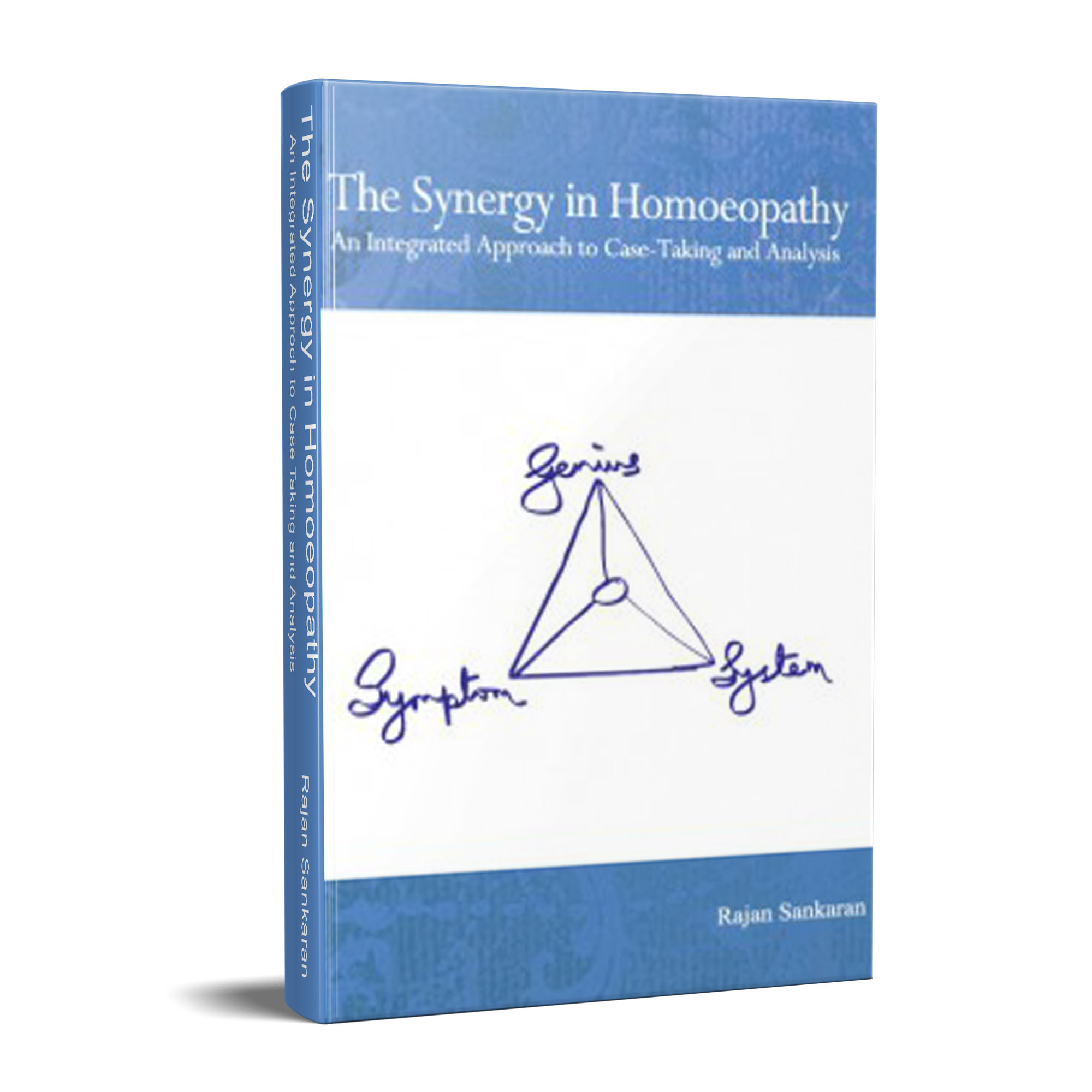
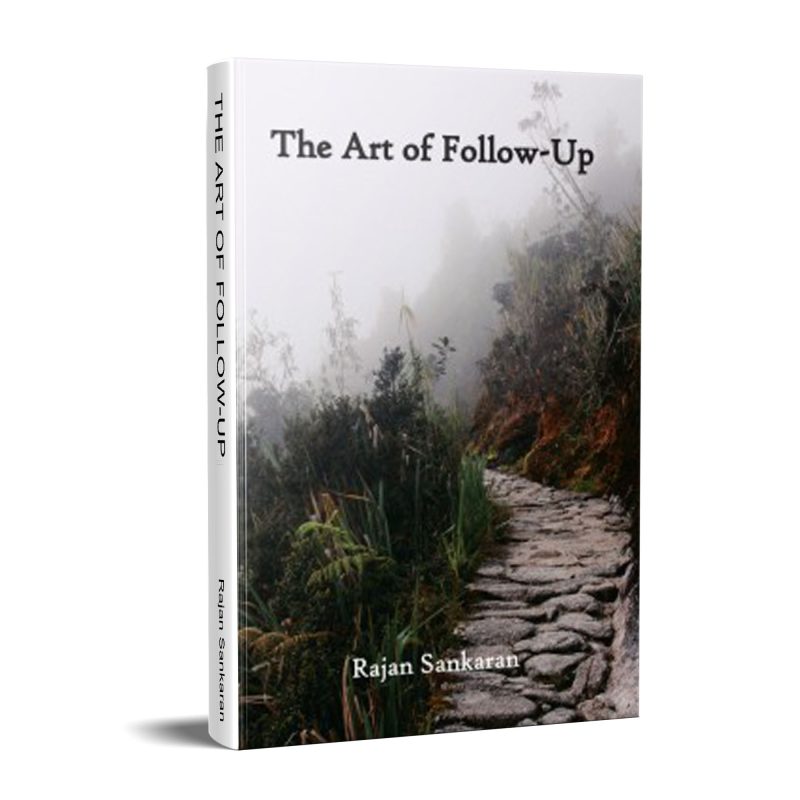
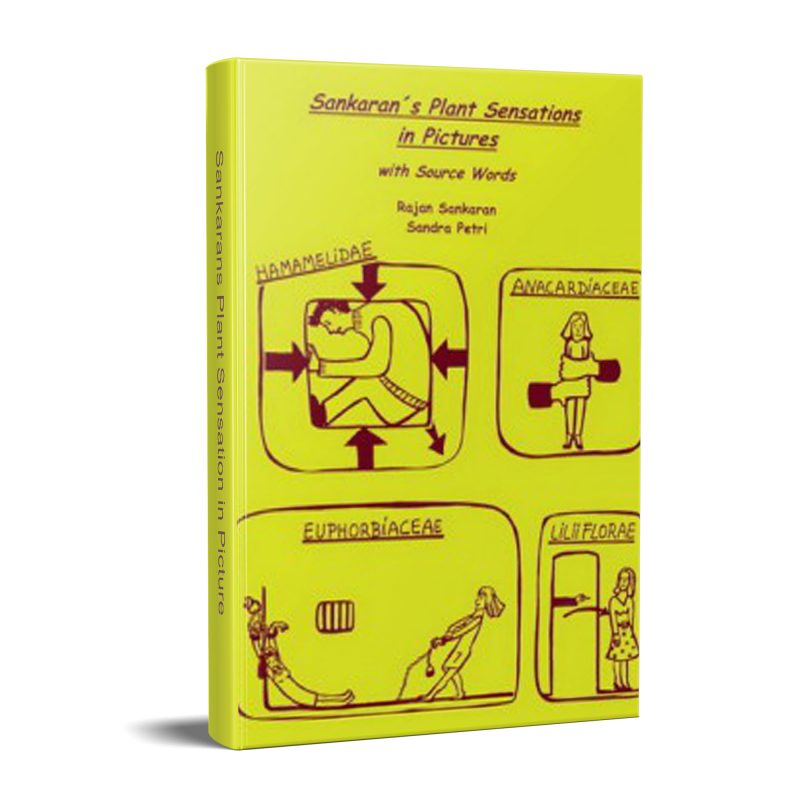
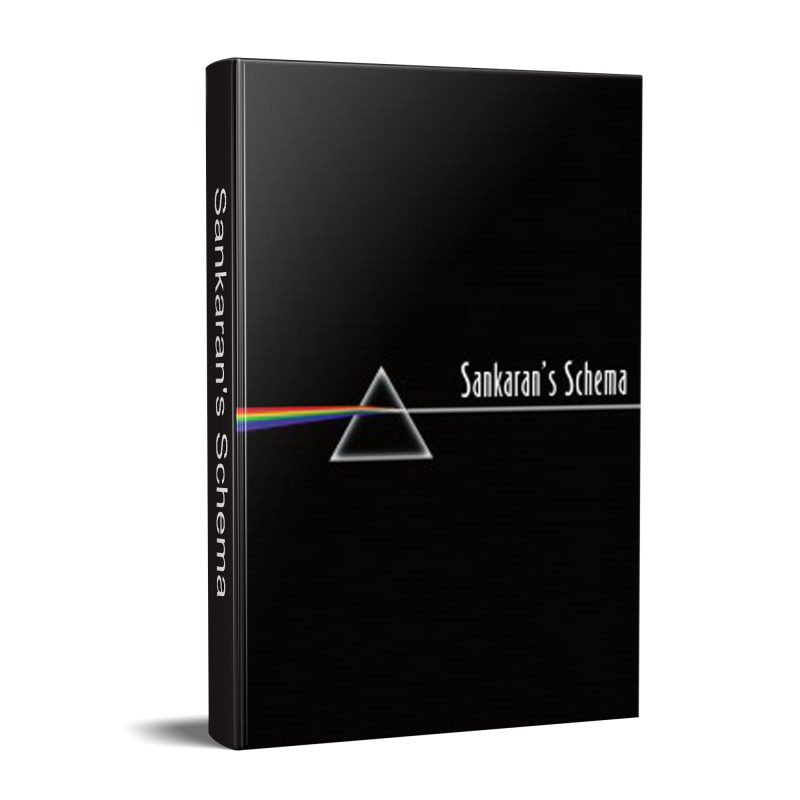
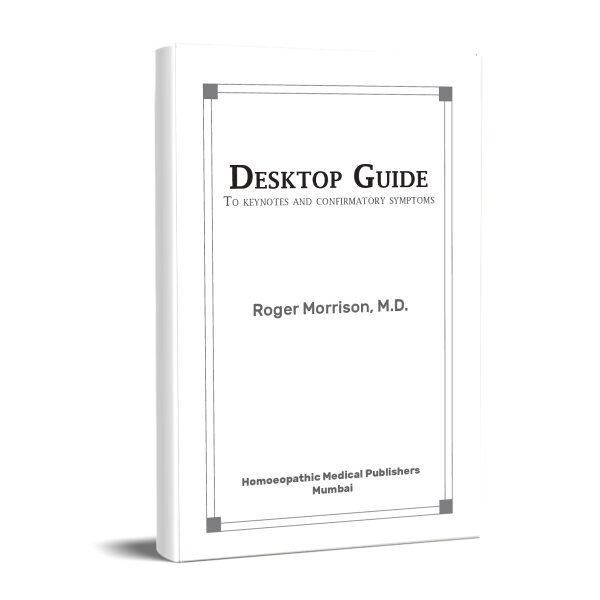
Reviews
There are no reviews yet.